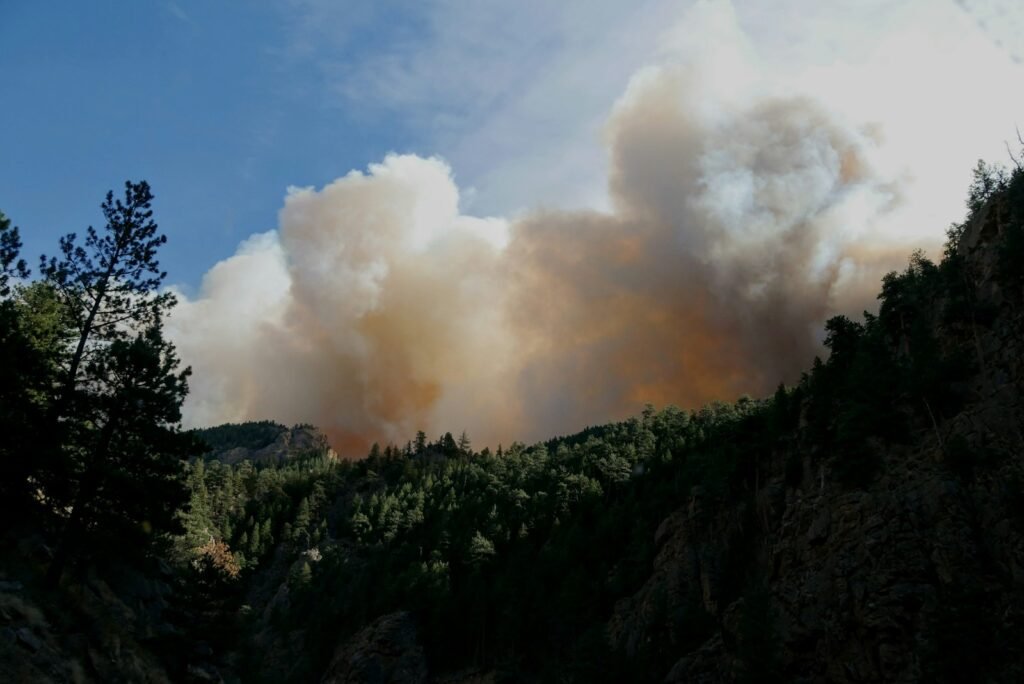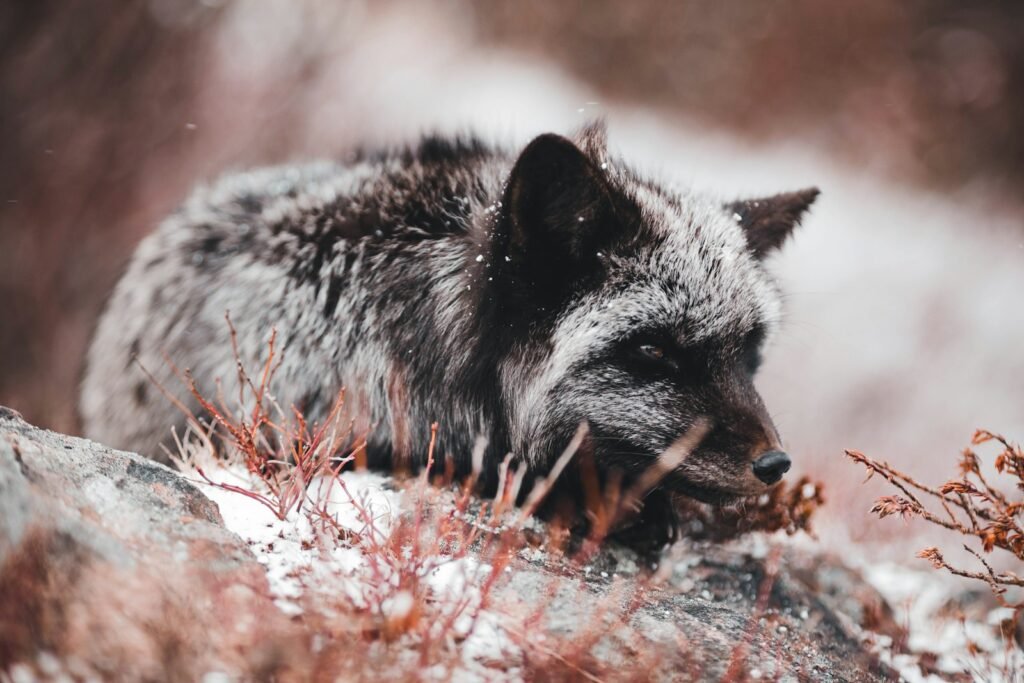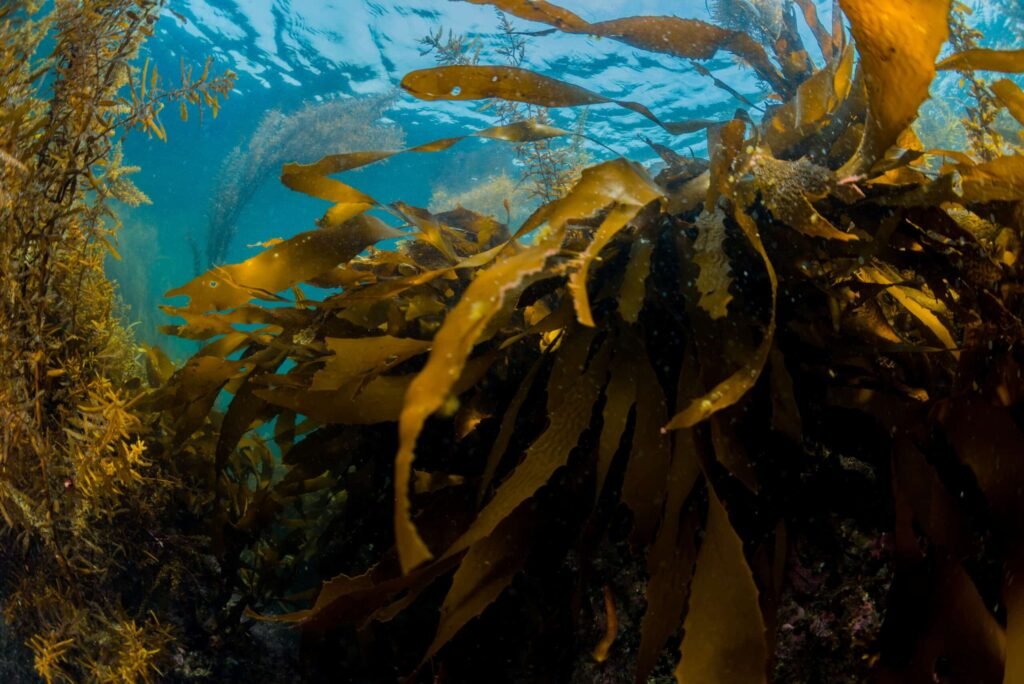Colorado used to treat wildfires like summer storms – brief, brutal, and mostly confined to a warm window. That storyline shattered when megafires erupted deep into October and, shockingly, in late December, carving a new calendar that looks less like a season and more like a year. Scientists now talk about fuel aridity, vapor pressure deficits, and wind-driven fire behavior the way sports fans parse stat sheets, because those details decide whether a spark becomes a headline. From mountain forests swayed by decades of drought to grasslands primed by chinook winds, the state offers a living laboratory for how climate, land use, and weather collide. The mystery isn’t whether things changed; it’s how fast the rules flipped – and how we adapt without losing what people love about living here.
The Hidden Clues
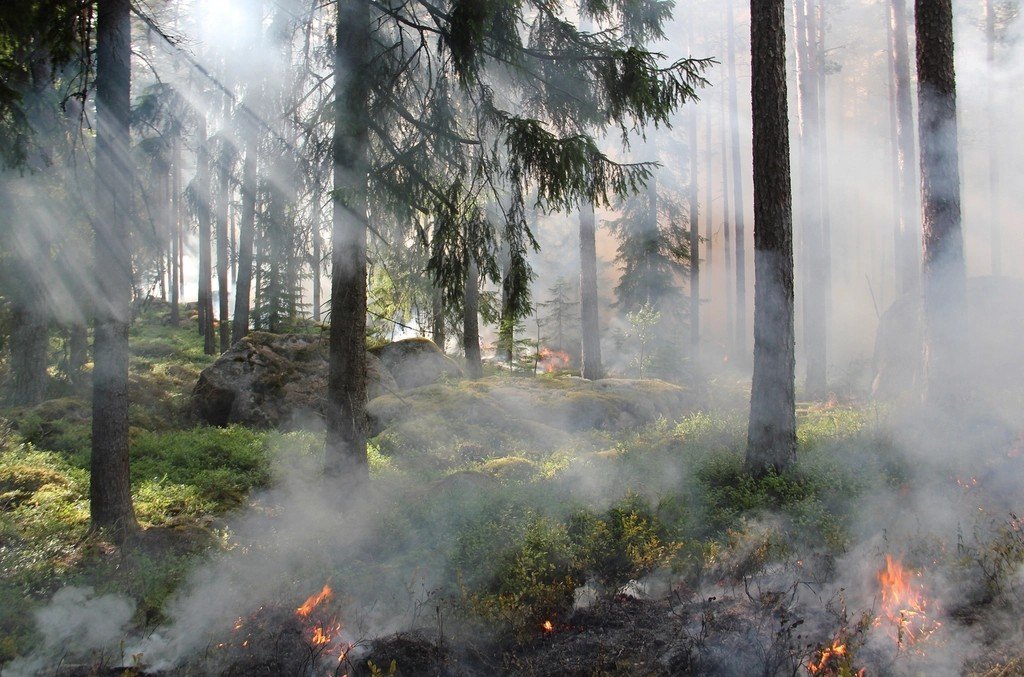
Here’s the unsettling truth: Colorado’s most consequential fires didn’t wait for July. East Troublesome roared to life in late October, and the Marshall Fire exploded right after the holidays, revealing a pattern that science had been whispering – warmer air dries fuels earlier and keeps them flammable later. Researchers tracking vapor pressure deficit saw more frequent days when the atmosphere acts like a giant sponge, pulling moisture from needles, duff, and cured grasses.
Tree-ring histories show that low-elevation ponderosa once burned more often but less intensely, a natural rhythm disrupted by a century of suppression and rapid development. Add beetle-killed stands in higher forests and fast-curing prairie fuels along the Front Range, and you get a patchwork ready for wind. The surprise isn’t that fires happen; it’s that the calendar no longer protects us.
From Ancient Tools to Modern Science
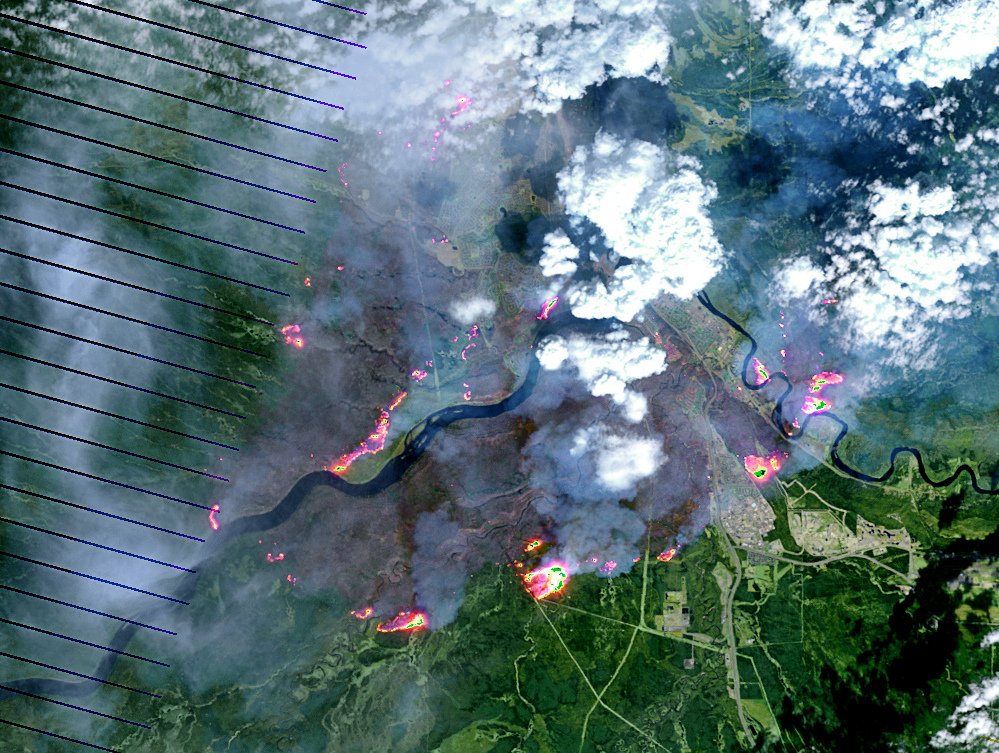
Dendrochronology – counting rings to decode past fire years – pairs today with orbiting sentinels that see heat signatures in near real time. Satellites like MODIS and VIIRS flag hot spots, while weather models resolve mountain waves and downslope winds that can turn embers into running flame. Fuel moisture sensors and snow telemetry stations now feed dashboards that forecast fire potential days in advance.
On the ground, high-elevation cameras and lightning detection networks help incident teams spot new starts when smoke is still a thread. Fire behavior analysts layer these feeds with topography, humidity, and wind to predict spread like a chess player reading the board. The result is a faster, smarter response – but also humbling clarity about how quickly conditions can outpace crews.
When Autumn Roared
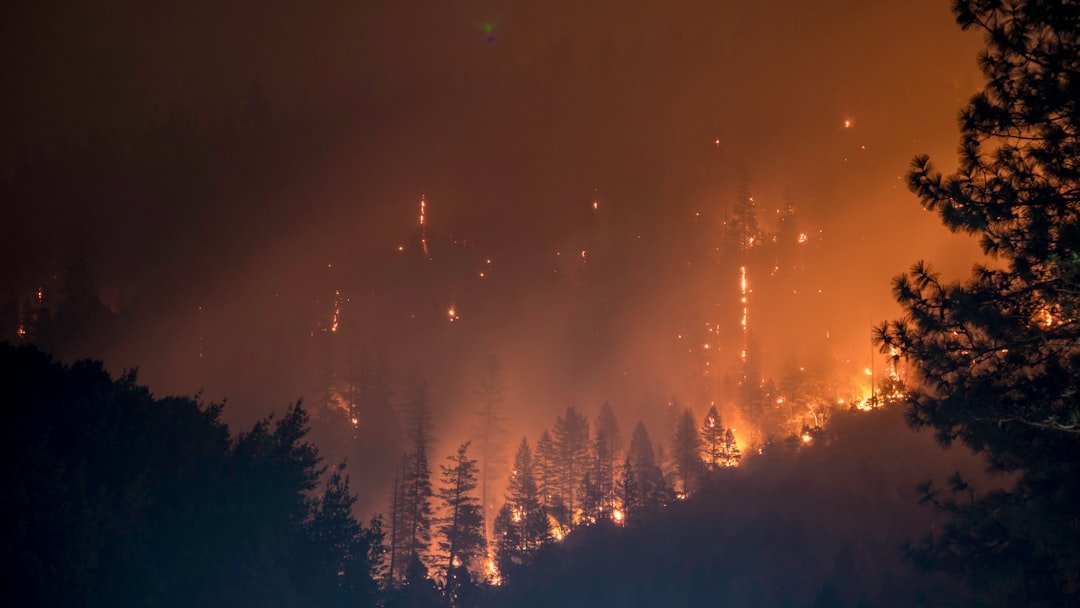
Colorado’s 2020 season reset expectations with a trio of record-breakers: Cameron Peak, East Troublesome, and Pine Gulch. Cameron Peak climbed to the top of the state’s size rankings and stayed there, while East Troublesome surged approximately one hundred thousand acres within a day during a late-October wind event. Fire lines that held in the morning were challenged by afternoon gusts, as fuels crackled under single-digit humidity.
That autumn surge was a signal: in the Rockies, shoulder seasons are no longer safe. Just as leaves fell from aspen stands, crown fires leapt across ridges and, in one astonishing turn, crossed the Continental Divide. The lesson landed hard – Colorado’s “off-season” can produce on-season extremes.
When Winter Burned
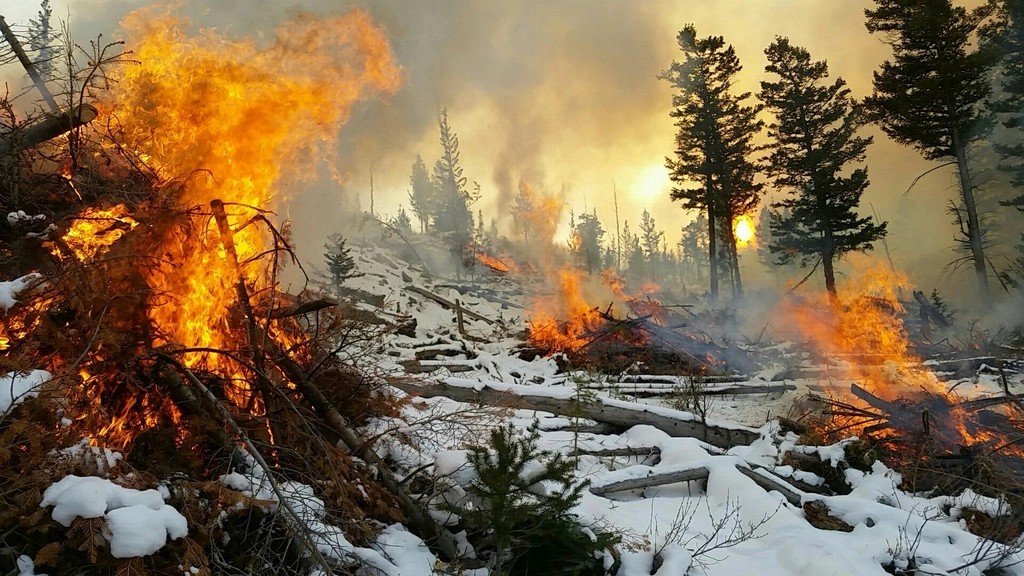
Then came December 30, 2021. Downslope winds tore across the Boulder County grasslands, and a suburban corridor found itself in a fast-moving urban-interface fire that outpaced evacuation alerts and intuition. More than a thousand structures were lost as embers rode gale-force gusts, igniting fences, mulch beds, and eaves in minutes.
What made it shocking wasn’t just the date on the calendar; it was the landscape. Cured grasses after a dry fall, dense development, and relentless winds created a channel where embers behaved like sparks in a steel mill. A snowstorm arrived the next day, but the damage had already redrawn the map of Colorado fire risk.
Global Perspectives

Colorado isn’t an outlier so much as a front-row seat in a global trend. California, the Mediterranean, and Australia have each weathered fire years that stretched beyond tradition, driven by unusual heat, entrenched drought, or storm-force winds. Canada’s vast 2023 season pushed smoke into Colorado’s skies, reminding residents that fire risk doesn’t respect borders.
This shared storyline has a common physics: warmer air can hold more moisture, which means it can pull more moisture from fuels. Add erratic wind regimes and episodic lightning bursts, and the window for extreme fire grows wider on both sides of summer. The Rockies simply reveal the pattern in sharp relief.
Why It Matters
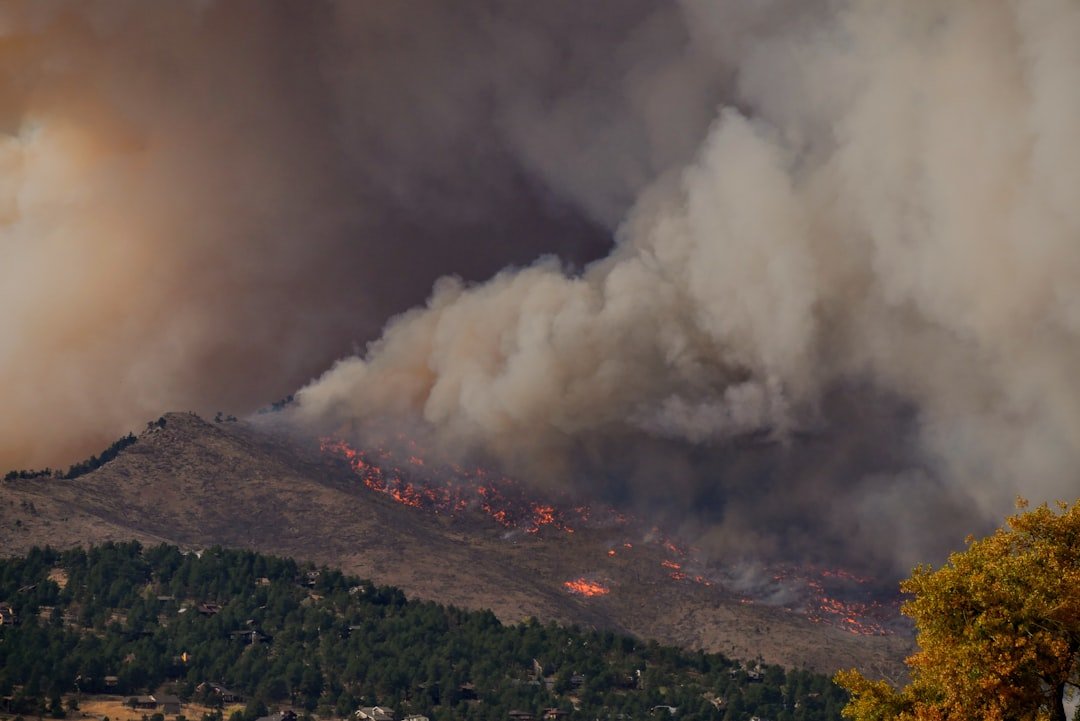
When fire seasons become fire years, consequences multiply well beyond the burn scar. Reservoirs downstream of big burns face sediment pulses that complicate treatment and raise costs, as seen after earlier Front Range fires. Smoke drives health impacts across the urban corridor, with spikes in fine particles and an unwelcome nudge to already tricky ozone problems.
There’s also the built environment: more homes in the wildland–urban interface mean more exposure and more complicated evacuations. Insurance markets feel the heat, local budgets strain under mitigation and recovery, and ecological mosaics shift as forests adapt – or fail to – under repeated stress. I still remember watching midday light turn amber in 2020 and realizing the calendar had stopped being a comfort.
The Future Landscape
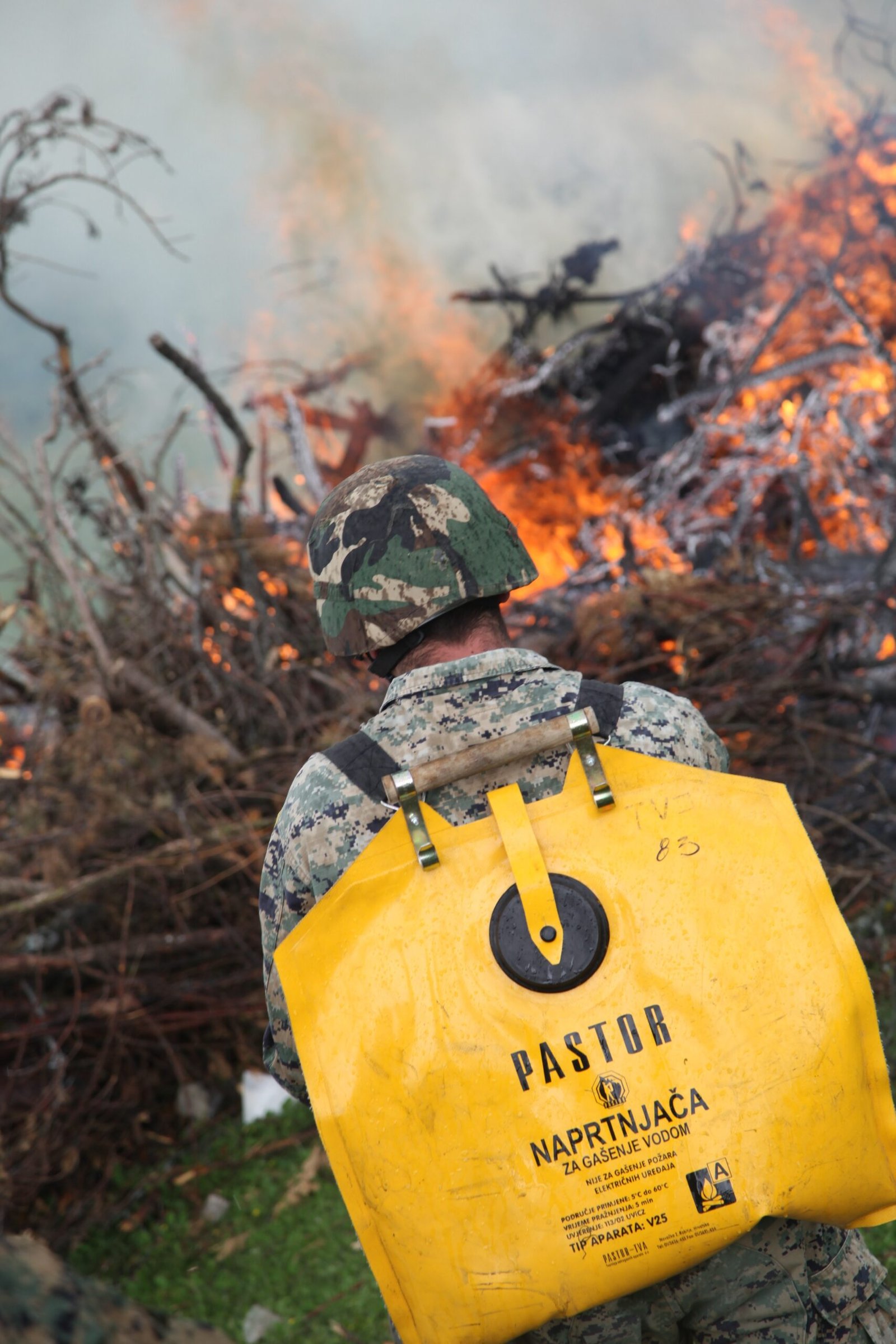
Colorado’s path forward blends hard-earned humility with new tools. Prescribed fire and cultural burning can restore lower-intensity regimes in ponderosa zones, but success depends on finding weather windows and building public trust. Mechanical thinning near communities lowers ember targets, especially when paired with ember-resistant roofs, vents, and defensible space.
On the tech side, faster satellite revisits, AI-assisted smoke detection, and grid hardening during wind warnings can shave minutes that matter. Water managers are planning for post-fire floods with debris basins and rapid revegetation, while code boards work toward wildfire-resistant construction in high-risk areas. The to-do list is long, but each step dulls the edge of the next extreme day.
The Hidden Costs After the Flames
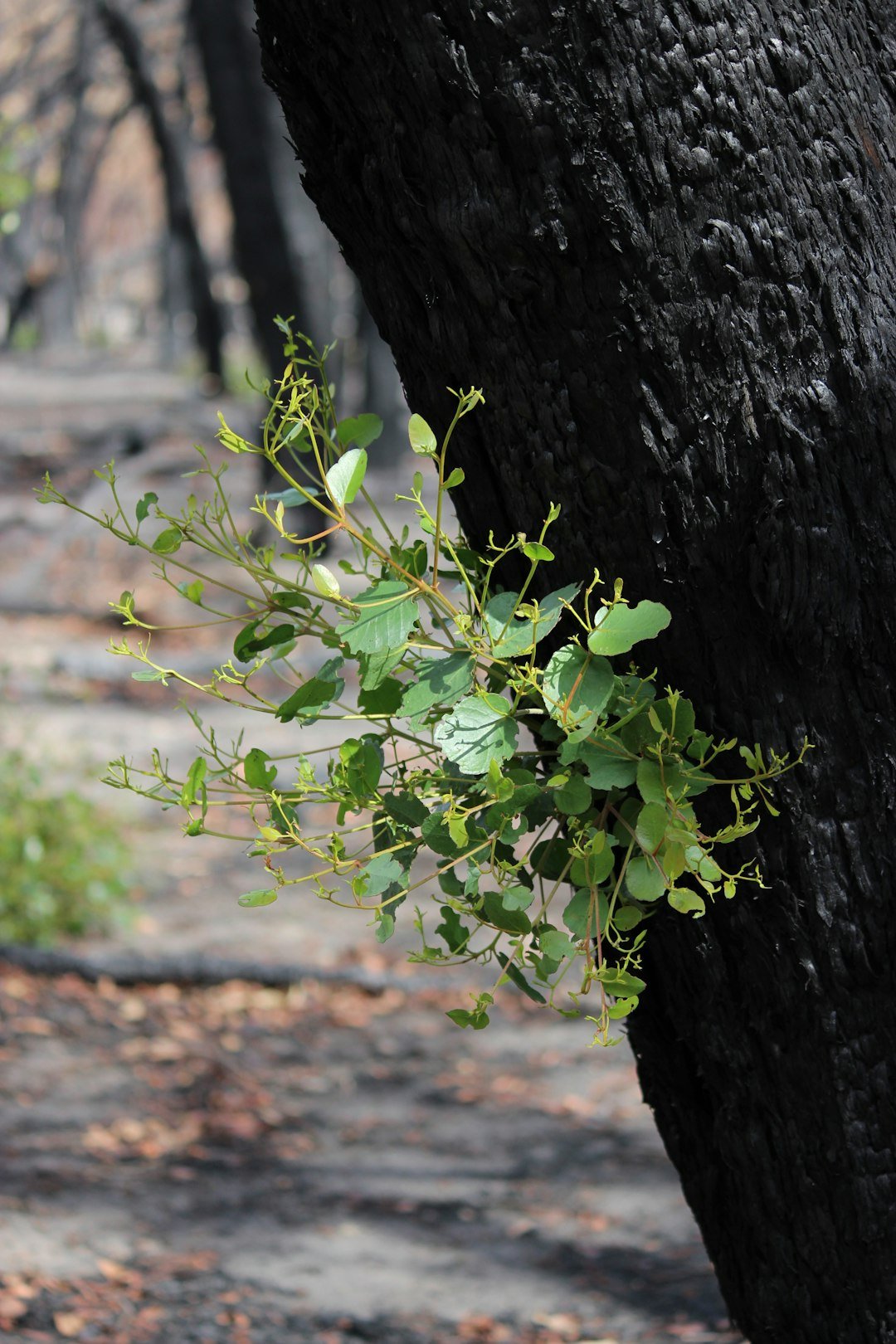
Recovery looks tidy on a timeline, but it’s jagged in real life. Hillslopes stripped by high-severity burn can shed ash and mud for several monsoon cycles, scarring roads and creeks. Recreation economies, from trail towns to ski areas, ride a roller coaster of closures, smoke days, and rebuilding.
Ecologically, some stands will regenerate with different species mixes, and grasslands may creep where conifers retreat. That isn’t failure – it’s adaptation – but it complicates restoration targets and expectations. Communities that plan for these long tails recover faster than those that only plan for the flames.
How You Can Help
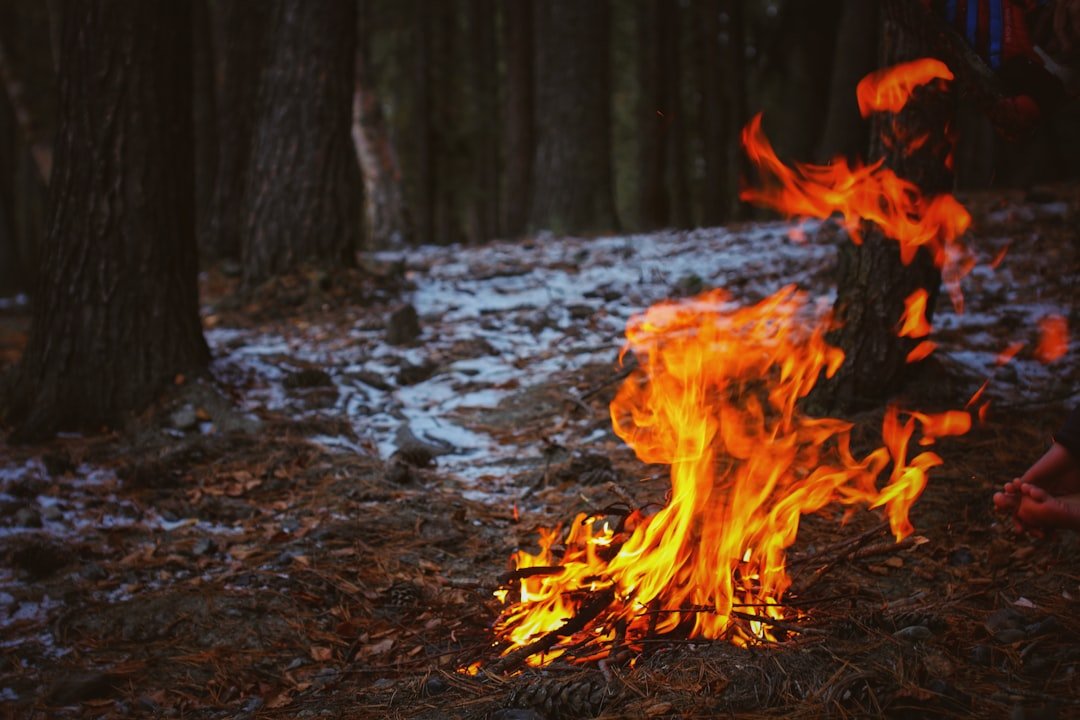
Start at the doorstep: clear the five-foot zone around your home, swap flammable mulch, and upgrade vents and roofing when you can. Support local prescribed-burn programs and show up to community meetings that set WUI codes, because those rules decide how entire neighborhoods fare. Learn your wind patterns and evacuation routes the way you’d learn a favorite trail.
Back the science that keeps us honest – air quality monitors, watershed projects, and long-term forest studies – and push for utilities to cut risk on extreme wind days. Most of all, keep the new calendar in your head: the next fire-relevant day might not be in July. What would you change this week if you knew tomorrow could be a fire day too?

Suhail Ahmed is a passionate digital professional and nature enthusiast with over 8 years of experience in content strategy, SEO, web development, and digital operations. Alongside his freelance journey, Suhail actively contributes to nature and wildlife platforms like Discover Wildlife, where he channels his curiosity for the planet into engaging, educational storytelling.
With a strong background in managing digital ecosystems — from ecommerce stores and WordPress websites to social media and automation — Suhail merges technical precision with creative insight. His content reflects a rare balance: SEO-friendly yet deeply human, data-informed yet emotionally resonant.
Driven by a love for discovery and storytelling, Suhail believes in using digital platforms to amplify causes that matter — especially those protecting Earth’s biodiversity and inspiring sustainable living. Whether he’s managing online projects or crafting wildlife content, his goal remains the same: to inform, inspire, and leave a positive digital footprint.

